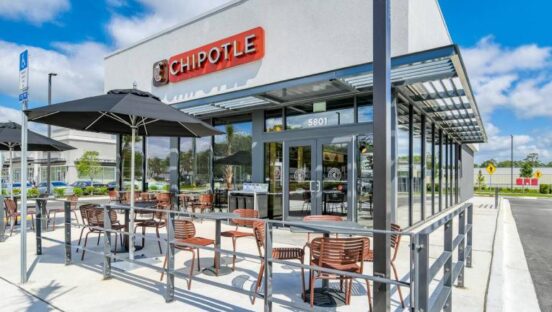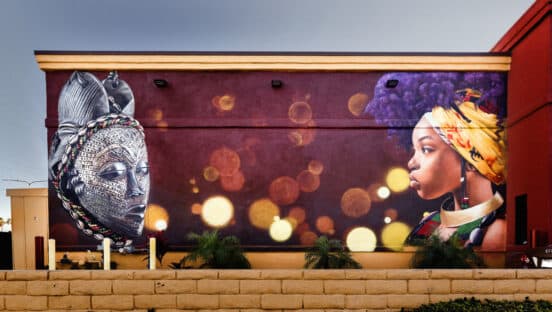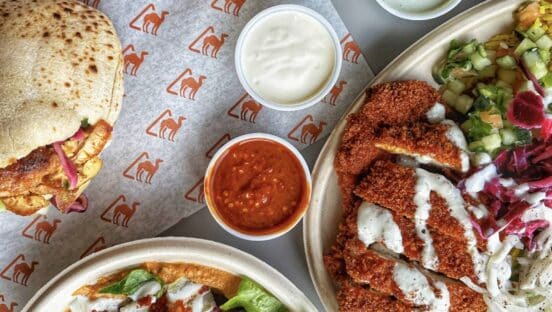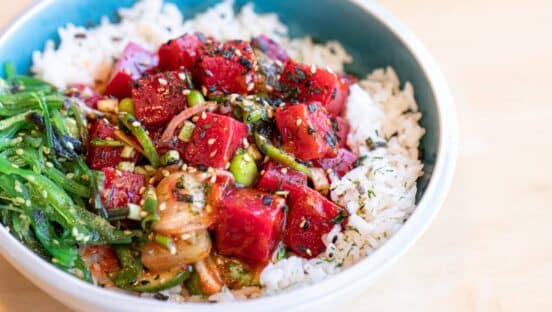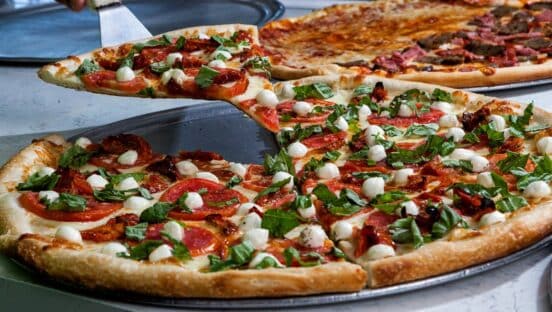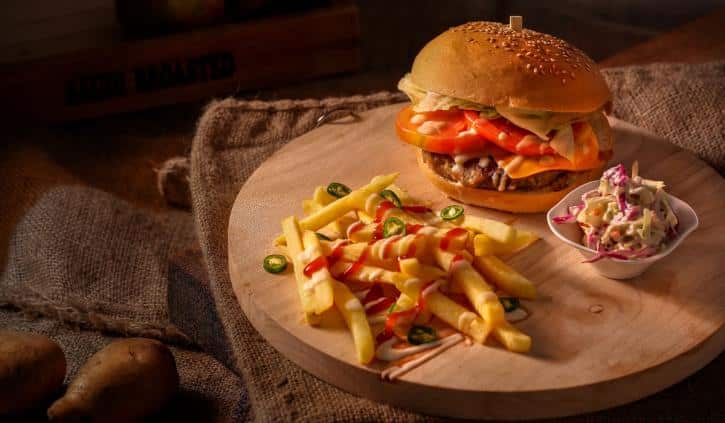

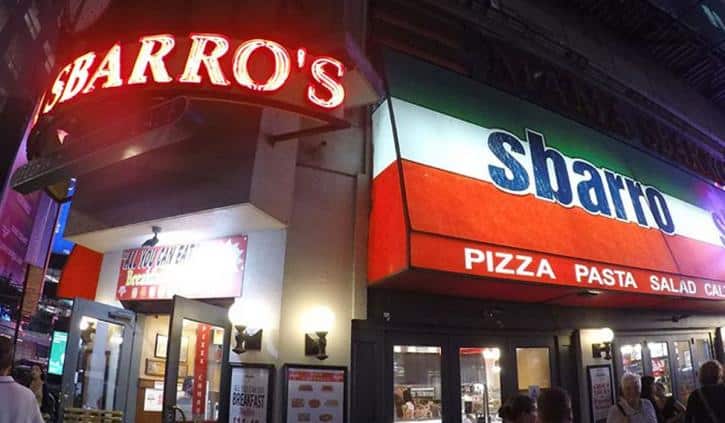
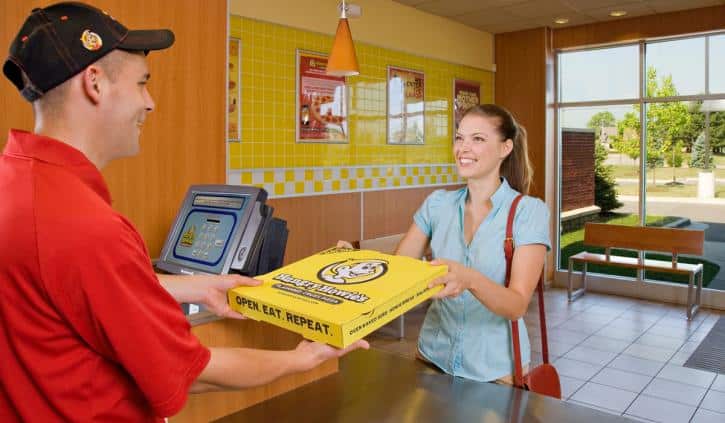
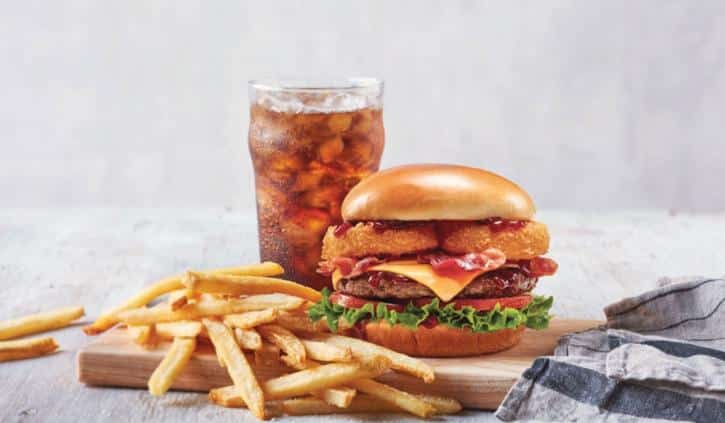

Marketing tactics
When I started Konnect Agency 10 years ago, I immediately noticed that restaurant franchises were operating in silos. Whether quick service or fast casual, there was a prominent focus placed on local engagement, and little attention paid to the overall brand (especially within smaller concepts). Because of this disconnect, the sector experienced fluctuating numbers and limited reach beyond regional coverage. I have always had a passion for franchises, and as a core pillar of my firm’s business, I understood that no restaurant chain could truly be successful while working independently.
Thankfully, the industry has come a long way in 10 years, and the fast-casual sector is expected to grow by 8.3 percent in 2019. One crucial factor that has contributed to the success of the fast-casual segment is the integrated marketing and media campaigns that now establish local counterparts as representatives of the national brand.
The best media campaigns have promoted regional growth while reinforcing the broad company mission. I’ve witnessed some extraordinary initiatives—and have been lucky enough to spearhead some—but there are five that continue to impress.
FAT Brands Becomes a Heavy Hitter
The burger market is extremely crowded—so standing out is not an easy task. When FAT Brands—the parent company of Fatburger—decided to go public in the Fall of 2017, they wanted more than traditional business press. On the day of the announcement, FAT Brands dominated the financial news cycle—with robust placements on CNBC, FOX Business, The Wall Street Journal, and more. But the coverage went far beyond typical NASDAQ updates. FAT Brands was able to leverage the announcement to position Fatburger back into the consumer spotlight. Several of the FAT Brands press hits promoted specific menu items and highlighted Fatburger’s celebrity supporters (Kanye West and Nicki Minaj among them). With targeted outreach to Los Angeles publications, consumers were driven to local branches as news hit about the IPO. The ripple effect of business and consumer-facing coverage resulted in $24 million raised, with a large amount of its share sales coming from brand fans who converted to investors.
Sbarro’s New Curb Appeal
Sbarro had a unique challenge when they decided to rebrand in 2015. Not only were they rolling out the refresh for hundreds of their stores, but they were launching new eateries outside of their traditional mall setting. Rebrands are difficult for any company—the expense to upend all design and company guidelines is enormous. Sbarro had more than their existing locations on the line, as they were looking to break away from their food court reputation. But with a targeted influencer campaign and a noteworthy “comeback kid” campaign message, Sbarro was featured in top-tier publications and soared in media attention over its top competitors.
Hungry Howie’s Masters Holidays
Hungry Howie’s isn’t the only brand to capitalize on certain holidays, but they may be the only brand who has drilled down holiday promotions to a science. The company is known for its no fuss, reliable pizzas that Hungry Howie’s current CEO, Steve Jackson, was once a delivery boy for. This company embraced their unconventional background to provide a number of wacky promotions for offbeat holidays. From heart-shaped pizzas on Valentine’s Day to 15-cent pizzas on Tax Day, Hungry Howie’s has achieved 35 quarters of consecutive same-store sales increases—something that is virtually unheard of in the industry. Hungry Howie’s media campaign relies heavily on the ability to drive foot traffic, and yet its tactics make sense for this authentic brand. Their promotions are frequently featured on USA Today, TODAY, and People Magazine.
The Stunt That Saved IHOP
I was reluctant to include a stunt among this group, but IHOP’s famous IHOb prank did exactly what it intended. Decades-old brands like IHOP struggle to keep millennials interested without seeming unauthentic. But they knew that the way to capture millennials attention was to hit them in the nostalgia bone. When the announcement of the newly minted IHOb came out, consumers of all ages pushed back on the change of the beloved pancake house. Not only did this send customers surging to the restaurant to get their last pancake fix, but it also tempted many to try IHOP’s burger menu. According to AdWeek, “in the first three weeks after the announcement hit, IHOP said it sold four times more burgers and that burger sales have ‘remained stable’ in the weeks following.”
Flame Broiler Fires Up Vegan Fare
When the Flame Broiler launched their first new product in 21 years, they made the wise decision to use an integrated campaign for this milestone announcement. Flame Broiler’s charbroiled tofu menu addition garnered widespread media coverage—particularly the family-owned brand story. The corresponding advertising, marketing, and social media tactics helped Flame Broiler catapult into the healthy-option marketplace. User-generated content drove the digital campaign and resulted in increased foot traffic for almost all their locations.
Sabina Gault is CEO of Konnect, an award-winning communications and marketing agency with offices in Los Angeles, New York and Austin, TX. Sabina’s passionate approach to client service, strategic communications, and measurable results are key to Konnect’s rapid rise from a small startup founded in 2009 to reputable mid-sized agency with an average annual growth rate of 60 percent. Sabina leads a team of 50 staffers across three offices who are committed to her mission of providing personalized service, quantifiable value to the bottom line and overall brand-building excellence for clients in franchise, consumer packaged goods and family-oriented lifestyle areas.







